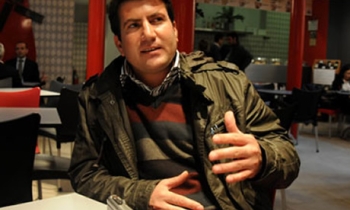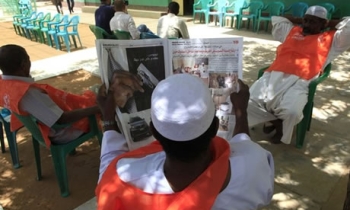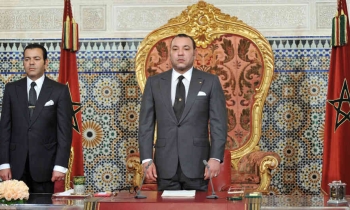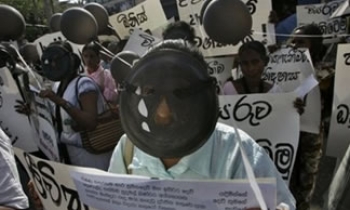It's just the kind of thing you don't want at an event dedicated to improving communication between scientists and the rest of the world - a row about the way a particular piece of science is reported.
But that's what the British Association for the Advancement of Science has had to contend with on the opening day of its annual Science Festival in York.
Last Thursday, the Association held a press briefing to highlight some of the papers being delivered at the festival here in York.
One in particular caught journalists' imagination - a paper detailing work done by Professor Peter Hammond of the Institute of Child Health at University College London, and reported elsewhere on the BBC News website.
The story, embargoed until Monday morning, got extensive coverage in that day's papers, including the Times, Telegraph, Guardian and Independent, and on BBC radio.
TV opportunity
When my colleagues at BBC News 24 saw the papers, they were keen to carry it as part of our coverage of the opening day of the festival: I told them that Professor Hammond had agreed over the weekend to do a live interview about his work for News 24 at 5.30 on Monday afternoon.
But the interview never happened. Just after lunch on Monday, Professor Hammond cried off. He was, he said, extremely angry. His work had been misreported, he had been misquoted, and he wanted nothing more to do with the media.
A colleague had warned him this would happen, he said, and he should have listened. I told him that a live television interview would give him an opportunity to put the record straight and he went away to think about that and to talk to the press office at the Institute of Child Health. But later he confirmed he was pulling out, saying he was "too angry and too tired" and might end up saying something he'd regret.
I can't tell you in detail what Professor Hammond was unhappy about, but I can give one example, because as we spoke he was holding a copy of the Yorkshire Post report on his work.
It was headlined "Hi-tech facial scans used to detect autism in children". That, said Professor Hammond, was wrong: his scans could not "detect autism".
Different tracks
The piece (in common with much of the other reporting of his work) said his computer program could "revolutionise diagnosis" of children with genetic conditions: that too, was wrong, he said.
Indeed, the Independent reported him as saying at last week's press conference, "This is not diagnosis. The diagnosis is done by a clinician and a molecular geneticist doing the genetic testing."
Finally, he said, the Yorkshire Post had quoted him as saying, "you can spot a kid with Down's syndrome a mile away". That, he pointed out, was an insensitive remark; he simply hadn't made it.
The piece in the Yorkshire Post was written by an experienced freelance journalist, Richard Sadler, who was not at last week's press conference but had spoken to Professor Hammond on the phone.
He told me that Professor Hammond had indeed made the remark about Down's syndrome: "It may not sound terribly PC, but that's what he said," according to Sadler.
He thought it was permissible to talk about "diagnosis" since Professor Hammond's software was part of the "diagnostic process". As to the headline, Sadler said he hadn't written it, though he had written the Yorkshire Post's opening paragraph: "Scientists have developed a computerised face recognition system that can instantly diagnose autism and other genetically inherited diseases by homing in on tell-tale differences in facial features".
'The challenge'
Anyone familiar with journalism knows its limitations, and many people will tell you that stories about things of which they have personal knowledge often contain inaccuracies or misunderstandings.
Scientists, operating in a culture which places enormous importance on accuracy and precision, can find reporters' occasional sloppiness infuriating.
Equally, journalists often find scientists unworldly in their insistence on caveats and qualifications at every turn and their use of technical language, when reporters are desperately trying to simplify complex concepts and make them accessible to a general audience.
Nevertheless Professor Hammond's reaction seems to have been unusually vehement. So I asked the British Association's chief executive, Sir Roland Jackson, whether problems of this sort were common. No, he said; this case was unusual and unfortunate.
"It illustrates the nature of our challenge in trying to encourage scientists to interact more openly. Whenever you talk with someone else, there's a danger of being misrepresented," he said. "But from my point of view, for scientists to withdraw into their shells and to stop communicating would be completely unproductive."









